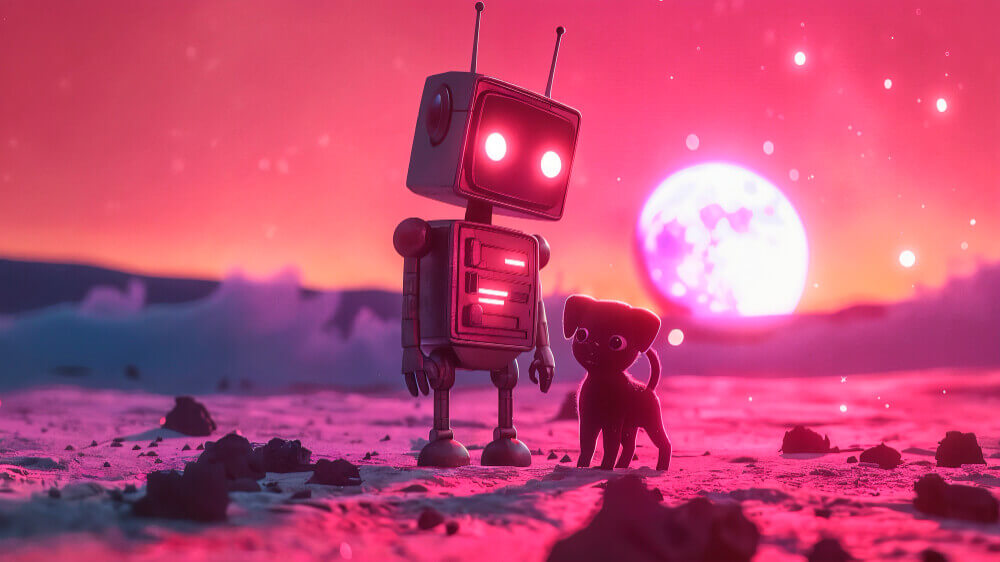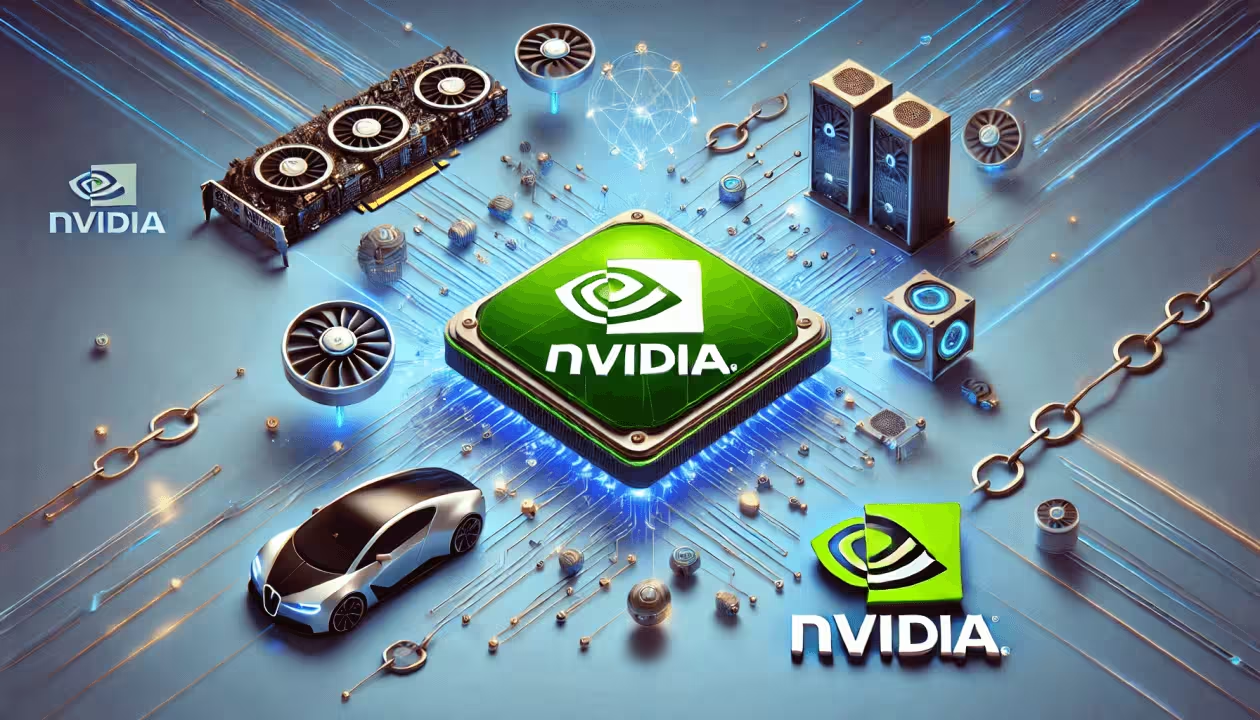
Introduction
Artificial Intelligence (AI) is revolutionizing space exploration, enabling missions that are more autonomous, efficient, and capable of venturing deeper into the cosmos. Here's how AI is shaping the future of space endeavors:
🚀 Autonomous Exploration and Navigation
AI empowers spacecraft and rovers to operate independently, making real-time decisions without constant human oversight.
- NASA's Perseverance Rover uses AI systems like AutoNav and AEGIS to navigate Mars and identify targets autonomously.
- Cognitive Architectures such as SOAR and LIDA integrate multiple AI components to help spacecraft adapt and react in dynamic environments.
🛰️ AI-Powered Satellite Networks
- China’s Star Compute Project will deploy over 2,000 AI-equipped satellites to process data in orbit, reducing dependence on ground stations.
- ISRO’s AI-based satellites are planned to improve Earth observation and environmental monitoring using onboard AI analytics.
🧠 Intelligent Assistants for Astronauts
- CIMON, aboard the ISS, assists astronauts with voice commands, emotional recognition, and task support.
- Astrobee, a NASA robot, performs routine duties autonomously, freeing up astronaut time for research.
🧬 Health Monitoring and Predictive Medicine
AI supports biomedical analysis, predicts health risks, and delivers real-time interventions—critical for deep space missions where immediate care isn't available.
🧪 Scientific Discovery and Astrobiology
Machine learning helps researchers detect biosignatures and analyze vast datasets, accelerating the search for extraterrestrial life.
🏗️ Building Sustainable Habitats
AI-driven robotics support in-situ resource utilization (ISRU) such as mining water from lunar ice and 3D-printing habitats on Mars using local materials.
Conclusion
AI is not just a tool—it's a mission partner. As we look to explore the Moon, Mars, and beyond, AI will play a central role in enhancing safety, autonomy, and success.
Welcome to ToolSnak.com – your one-stop destination for smart, simple, and free AI-powered tools built to supercharge your journey through innovation.
How much did you enjoy AI in Space: Powering the Future of Exploration?
Related Articles

Jensen Huang's Strategic Moves to Maintain Nvidia's AI Leadership
Nvidia CEO Jensen Huang outlines plans to sustain the company's dominance in AI amid global challenges, including new technologies, partnerships, and geopolitical considerations.

Claude 4: Anthropic’s AI Revolutionizing Coding and Beyond
Explore how Anthropic's Claude 4 is setting new standards in AI with advanced coding capabilities, extended context understanding, and ethical considerations.

Jeff Bezos' Strategic AI Investments: Empowering Data Solutions and Chip Innovation
Explore how Jeff Bezos is shaping the future of artificial intelligence through significant investments in AI data firm Toloka and AI chip startup Tenstorrent.

AI-Powered Stock Market Revolution: Unlocking Wealth in 2025
Explore how AI is transforming the stock market in 2025 with trading bots, predictive analytics, portfolio optimization, and investment opportunities.